Filter by
737 results found
-

Net Zero tool library
Oxford Net Zero have launched an online library allowing you to search and filter hundreds of free tools designed to help businesses, policy makers and organisations to achieve net zero emissions. Tools range from those for measuring greenhouse gas emissions and developing net zero strategies, to identifying quality offset projects and reporting progress. Explore the […] -

What is transdisciplinarity, and how can we achieve it?
Alexandre Chausson, NbSI Researcher, co-authored a blog with Lydia Cole (University of St Andrews) exploring how transdisciplinary teams can achieve research impact. Transdisciplinarity differs from interdisciplinarity in that it involves bringing together different knowledge systems beyond academia, such as practitioner knowledge or local and indigenous knowledge, to co-produce knowledge for impact. Drawing from a workshop […] -

NbS Bangladesh update
Dr Haseeb Irfanullah, a member of NbS Bangladesh, has recently published two news articles on NbS. The first explores opportunities for NbS in urban areas in Bangladesh. The second acknowledges that there can be confusion as to what counts as an NbS, and explains how to know when an intervention is an NbS or not. […] -
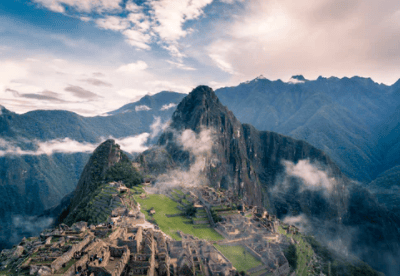
Peru’s Environment Minister highlights NbS at Leaders’ Summit
On the 22nd and 23rd of April, the US hosted the 2021 Leaders’ Summit on Climate. In this event, the Peruvian Minister of Environment Gabriel Quijandría shared key actions that Peru is taking on nature-based solutions (NbS). Speaking from Machu Picchu, a place recognized as the peak of development for Andean civilization, he highlighted the […] -
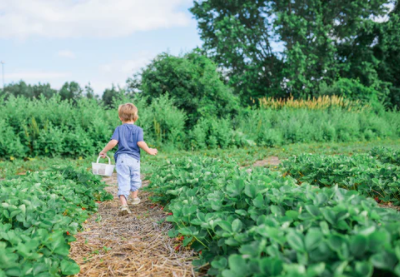
Leveraging nature-based solutions to reconnect people and nature
Alexandre Chausson (NbSI) together with Annie Welden (University of Oxford) and Marina Melanidis (Youth4Nature) have written a perspective piece on leveraging NbS to reconnect people and nature. The authors argue that for NbS to support transformative change, people and nature need to be seen not as separate entities, but as intimately connected. They propose an […] -

COP26 Universities Network Briefing: NbS for climate change, people and biodiversity
The COP26 Universities Network has published a briefing paper on nature-based solutions, to which NbSI members contributed. The brief provides seven key messages on how to implement NbS successfully in the UK, and through UK-funded initiatives abroad; the four NbS guidelines are highlighted as crucial for NbS programmes to deliver their promised benefits. The report […] -

The Lowering Emissions by Accelerating Forest finance (LEAF) Coalition
The LEAF Coalition, launched in April, will provide public and private finance to national governments for tropical forest protection. Participants in the initial phase include the governments of Norway, the UK and US, and companies such as Amazon, GSK, McKinsey, Nestlé and Unilever. $1 billion is promised in the first call for proposals which closes […] -
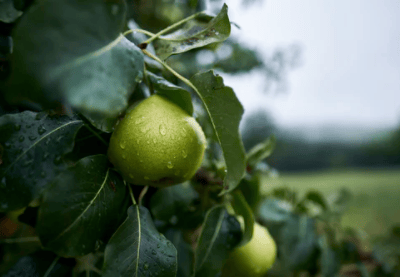
Three FAO & TNC reports on NbS in agriculture: management, adoption and investment
The UN Food and Agriculture Organization (FAO) and The Nature Conservancy (TNC) have published three reports which collectively explore the potential of NbS in agriculture to jointly address issues of food security, climate and biodiversity: Sustainable management and conservation of land, water and biodiversity: a literature review giving an overview of different types of NbS […] -
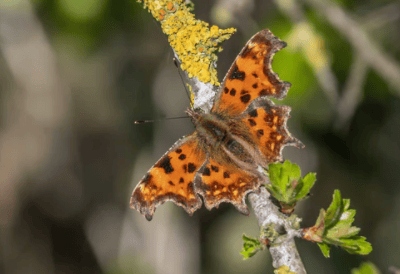
Carbon storage and sequestration of natural habitats in England
In this report, Natural England gives an overview of carbon storage and sequestration rates of different habitats across England, highlights research gaps, and outlines key principles for using NbS for mitigation in the UK. The authors emphasise that there is great variability in carbon storage and sequestration rates within broad habitat types, due to location […] -
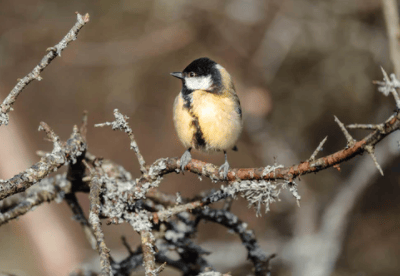
State of the UK’s Woods and Trees 2021
This report from the Woodland Trust summarises key trends about the current state of native woodlands in the UK, how they contribute to society, and the threats they face. Although the area of woodland is slowly increasing, much of this increase is of non-native tree species, with only 15% of existing woodland being Ancient. Woodland […] -
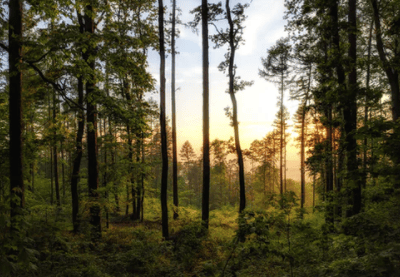
Corporate financing of nature-based solutions: what next?
This blog from the World Resources Institute makes suggestions of how to ensure that investments in nature-based solutions for climate change mitigation lead to successful, large-scale protection of nature, rather than harming nature and undermining momentum towards rapid decarbonisation. The authors thoroughly explain how meeting two overarching principles is critical to ensure a positive outcome: […] -

Public international funding of nature-based solutions for adaptation: a landscape assessment
This working paper from the World Resources Institute is the first assessment of current public international funding for nature-based solutions for climate change adaptation. It aims to help donor countries and institutions, and receivers of NbS finance, understand the current funding landscape. Through assessment of international funding flows (not domestic budgets) and interviews with key […] -
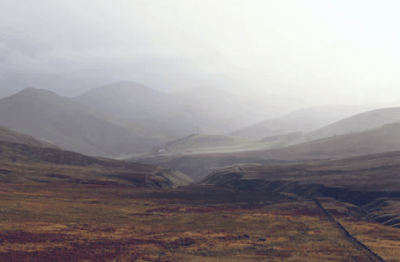
The economic costs and benefits of nature-based solutions
This report from the RSPB and Cambridge Econometrics assesses the broad costs and benefits of restoring peatland, salt marsh and woodland in the UK for climate change mitigation. The review finds positive benefit-cost ratios for restoration across all three habitats, and indicates large job creation opportunities, making a case for restoration at scale both for […] -
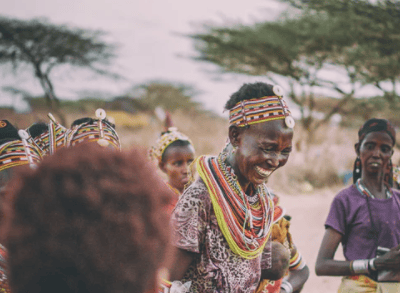
Re-thinking nature-based solutions: seeking transformative change through culture and rights
This briefing aims to contribute to conversations and negotiations in the creation of the post-2020 Global Biodiversity Framework. It is one of a series of briefs co-authored by Forests Peoples Programme and partners to explore the policy implications of the findings of the Local Biodiversity Outlooks report, which gives perspectives of indigenous peoples and local […] -
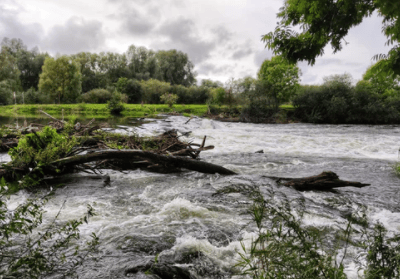
Guidelines for designing, implementing and monitoring NbS for adaptation
This document from Conservation International provides guidance for practitioners planning to implement nature-based solutions for climate change adaptation. Across five chapters, it gives details of how to: Conduct a vulnerability assessment to identify the climate impacts that NbS for adaptation might address. Identify a set of possible actions to address the adaptation needs in the […] -
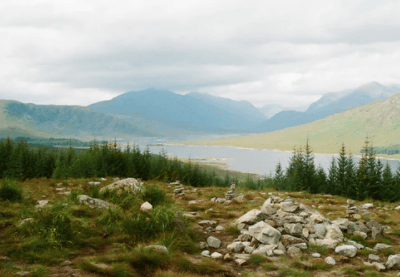
Landscape management in the Scottish Highlands
This is one of several projects from Trees for Life, which envisions restoration of the Scottish Highlands to enable both nature and local communities to thrive. The project follows the ‘conviction that nature, people and business need each other to be sustainable for the long term’, falling closely in line with the concept of nature-based […] -

Stormwater management in Norway’s abandoned airport
Fornebu airport, near Oslo, was abandoned in 1998 and has since been transformed into a multifunctional green space that reduces flooding, purifies water and boosts biodiversity, whilst also being a site for recreation, and residential and industrial land uses. When the airport closed, the site was heavily contaminated with pollutants such as oil, heavy metals […] -
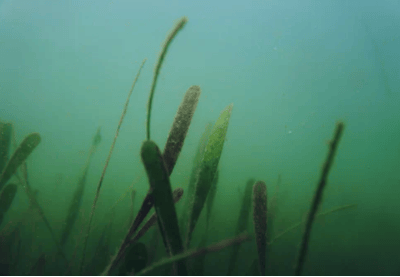
Seagrass Restoration in the UK
Seagrass meadows are highly degraded in the UK, with up to 92% of historical cover lost. 2021 has seen the first ever major seagrass restoration project in England, marking the start of the UN Decade on Restoration. So far, 18,200 biodegradable bags of seeds and seedlings have been laid on the seabed at a site […] -
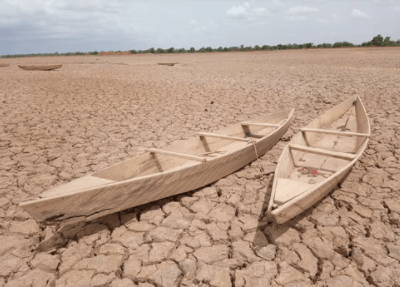
Recent national climate commitments from the big emitters
Over the last couple of months, some of the countries responsible for the largest share of greenhouse gas emissions have made enhanced climate commitments. However, progress on the ground has been limited and in Brazil’s case, backwards: – The top two highest emitting countries, China and the US, agreed in April that they are committed […] -

NDC updates: 82 Parties have submitted updated NDCs, with 75 enhancing ambition
When the Paris Agreement came into force, almost every nation made a written commitment to tackling climate change in the form of a Nationally Determined Contribution (NDC) and agreed to enhance ambition over time. Parties were meant to submit updated NDCs by the end of 2020, but due to the pandemic this deadline was softened. […] -

Net zero commitments globally represent 61% of emissions
Oxford Net Zero, in collaboration with the Energy and Climate Intelligence Unit, have published a global assessment of net zero targets across all countries, all states and regions in the 25 highest-emitting countries, all cities with a population over 500,000, and all companies in the Forbes Global 2000 list. 769 (19%) of these parties have […] -
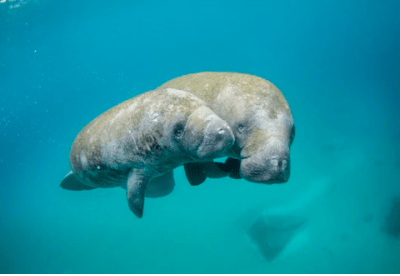
Seagrass ecosystem contributions to people’s quality of life in the Pacific Island Countries and Territories
McKenzie et al. 2021 Seagrass meadows are receiving growing attention, especially in relation to their potential for carbon sequestration. However, a broader appreciation of the contributions of seagrass meadows to people’s quality of life will inform better interventions that enhance seagrass ecosystem health whilst also benefiting local people. This paper reviews how seagrass in the […] -

Assessing People’s Values of Nature: Where Is the Link to Sustainability Transformations?
Stålhammar 2021 In the context of ecosystem service research, there has been an increasing focus on measuring social and cultural values, beyond biophysical assessments. To that end, there has been growing interest in applying non-monetary methods to capture non-material social and cultural aspects of benefits in ecosystems. However, as Sanna Stålhammar’s perspective article highlights, there […] -

Biodiversity and the challenge of pluralism
Pascual et al. 2021 Biodiversity is often defined in the scientific community as the diversity of life at the level of genes, species, functions and ecosystems. However, Pascual et al. explain that the way biodiversity is understood by scientists is not value-neutral. There are in fact many different ways of understanding living nature; this means […] -
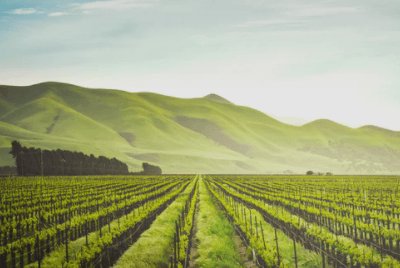
The economic consequences of conserving or restoring sites for nature
Bradbury et al. 2021 This paper compared the economic costs and benefits of conserving or restoring habitats, with those of alternative land uses. The economic consequences of conservation or restoration was assessed in terms of value of ecosystem services across 62 sites. The benefits from conservation/restoration were divided into private benefits (i.e. excludable benefits: private […]
